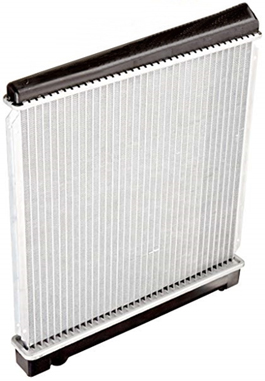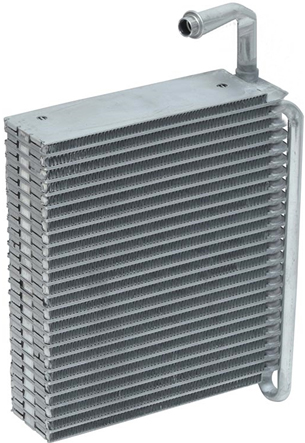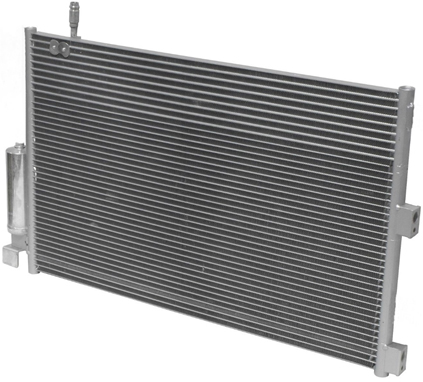Since internal combustion engines ignite and burn high-temperature and high-pressure gas at all times, if left unattended, metal can melt, and cylinders and pistons can burn. Therefore, the water jacket is installed around the cylinder, and the coolant is circulated in the cylinder to cool, which cannot be boiled and cooled. This causes the heated coolant to circulate in the radiator to cool.
ince the radiator is usually in the front part of a car, it is cooled by cold air flowing from the radiator grill when the vehicle is running. Behind the radiator is a cooling fan (a fan) that usually prevents hot air from clogging. Depending on its structure, the radiator is water-tube and cell-type, and a water-temperature regulator is installed at the outlet of the water-jacket to maintain the temperature of the coolant at a constant (75-80°C).
Air conditioning
Air conditioning is also called air condition or air conditioning.
The world's first air-conditioning device was installed in 1902 at the Circuit Wilhelms lithographic publishing company in Brooklyn, U.S., with the design of W.H. Career.
Devices that have functions of ventilation, cooling, heating, and humidification have been used before, but this is the first time that an air conditioner having a function of controlling humidity can be installed.
In 1911 Carrier published his paper on rational humid air equations, an important theory that underpinned air conditioning engineering.
Radiator

Evaporator

hrough the expansion valve, the pressurized liquid refrigerant is introduced at low temperature and low pressure.
It is a device that is frozen with heat absorption caused by liquid evaporation by heat exchange with a nearby space or a cooled objec
It is a device that is frozen with heat absorption caused by liquid evaporation by heat exchange with a nearby space or a cooled objec
Condenser

A device that cools steam, takes heat away and changes condensation.
The freezer cools the refrigerant vapor compressed at high pressure temperatures with a compressor and liquefies it by removing condensation. Cooling methods include water cooling, air cooling, evaporating etc. and condensers of various structures according to the purpose of use. Vapors are called vultures if they are water vapor.
The freezer cools the refrigerant vapor compressed at high pressure temperatures with a compressor and liquefies it by removing condensation. Cooling methods include water cooling, air cooling, evaporating etc. and condensers of various structures according to the purpose of use. Vapors are called vultures if they are water vapor.
